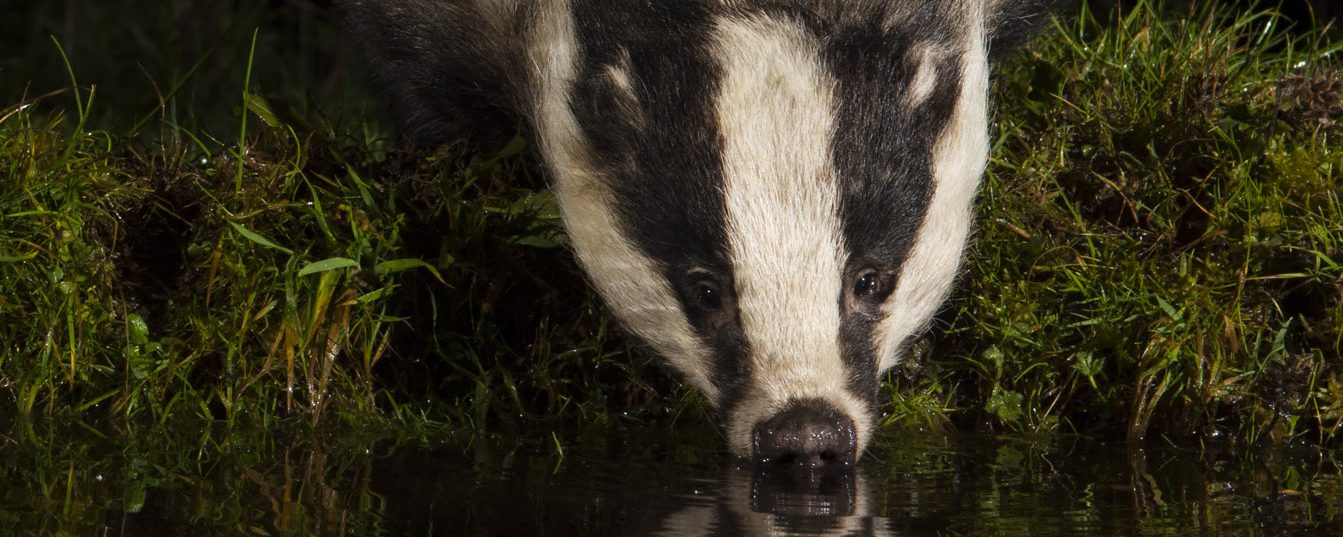It’s been a month now since our High Court Appeal hearing, and the important matter of ‘what happens next’ still hangs in the balance. The understanding is that the Courts and Judiciary are largely closed down over August, so having not received results thus far it is quite likely that we might not hear anything for several more weeks. This means of course that we may be into September before we find out more, and September is the month when we fear confirmation of yet more areas for badgers to be shot, and for the badger cull carnage to be imposed over a much larger area. We could hear at any time, however.
As well as the Appeal outcomes, there should be news of the government’s response to the ‘Godfray Group’s’ review of the current bovine TB policy, and presumably Defra’s newly massaged ‘results’ of the pilot badger cull, (Downs et al. 2019) as an update to Brunton (2017). Raw data shows that supplementary culling has been followed by a massive bTB spike in Gloucestershire. ‘Downs’ has been used in the decision making process to try to help justify Supplementary Culling, but has been kept secret thus far. Rather like the British Trust for Ornithology (BTO) report on effects of culling on the wider environment, which was held back from public scrutiny by Natural England for no good reason; the motives for withholding both are highly suspect. As ‘Downs’ has not yet been made available, we are guessing that it will be a much caveated piece of selective modelling, which will say that badger culling may be helping reduce bTB in cattle, but many more years of data will be required to be slightly more confident that it is a possibility or a likely failure.
This is ‘the cull until 2038’ approach. The same old fudge that shames the government and the reputations of all those involved, whether they are actively enabling it or just keeping quiet for their own personal convenience/advancement. Government has said to us in writing that there is no way to identify the cause of any change in bTB breakdown rates in cull areas, and in any case, in some areas it might be expected not to work. Nobody is fooled about what is being done and aimed for; a corrupted version of the 30 years of failed badger culling in Republic of Ireland.
Perhaps those at Defra and Natural England hope to continue to hide behind the ensuing Brexit furore, hoping that badgers will not be most people’s priority at this time of national crisis? The bTB crisis in the national herd will not disappear though, but will spread, whatever happens with Brexit. At some point, those in charge will have to acknowledge that equivocal interventions are pointless, a complete waste of time and money without first addressing the major causes of disease in cattle; failed testing and hopeless movement restriction. This in fact was Natural England’s position during the original cull policy consultations – so what happened?
The solutions to bTB are available and have been used successfully in the past, and they don’t involve culling wildlife. Killing badgers may be damaging other wildlife species and habitats, in addition to all-but exterminating a persecuted apex species for spurious reasons. There are new cattle testing technologies becoming available, being stifled by vested interests that will make control easier and cheaper. The sooner the government’s policy advisors stop following failed veterinary and cattle lobby rhetoric and start listening to informed scientists (without vested interests), the faster will be the progress against this terrible disease. Whatever the outcome of the Court of Appeal, the Badger Crowd will continue to work to defeat this horrible policy using common sense, science and the law.

